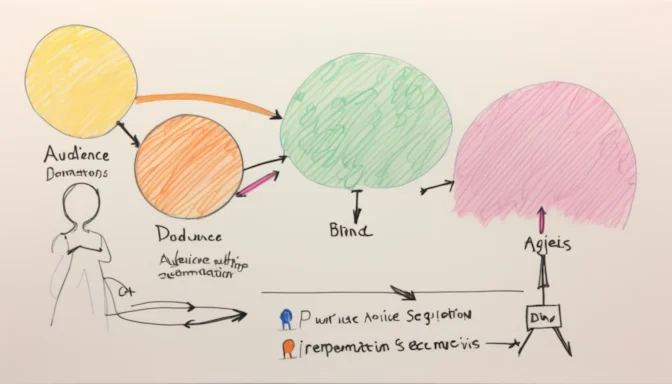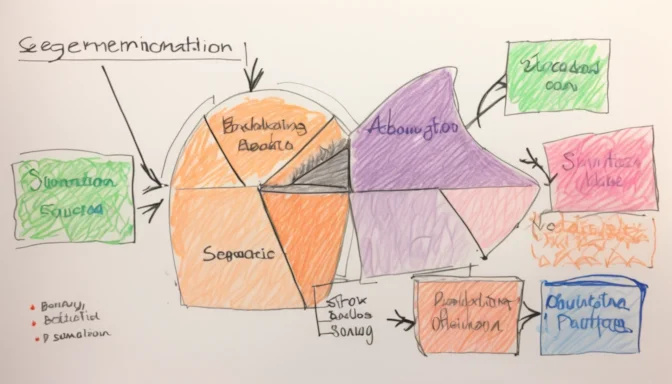What is Audience Segmentation?

Audience segmentation is the practice of dividing your audience into groups based on characteristics like demographics, geography, behavior, and psychographics. This enables more personalized and effective marketing strategies.
Examples of Audience Segmentation

For instance, an outdoors company may segment their audience based on geography. They could then tailor winter product marketing to those living in snowy areas, optimizing the relevance of their campaigns.
The Four Major Segmentation Categories

The main types of segmentation variables are demographic, geographic, psychographic, and behavioral. These variables help marketers create targeted campaigns by categorizing audiences based on these traits.
How to Identify Audience Segments

To effectively segment your audience, focus on four pillars: demographics, psychographics, geography, and behavior. This could range from age and income to values and interests.
Why Use Audience Segmentation?

Audience segmentation enables you to offer a tailored customer experience, influence the purchasing path, and focus on the most profitable customer groups, thereby enhancing your marketing ROI.
Simple Example of Segmentation

Demographic segmentation, such as targeting based on income or age, is a simple but effective strategy. A luxury car company, for instance, may target older, wealthier individuals for their marketing.
Audience Segmentation Strategy Examples

An example of a segmentation strategy might involve targeting customers based on their income. This allows for the creation of marketing campaigns suited to various budget constraints, making it particularly useful for small businesses and ecommerce startups.
Target Audience Characteristics

Effective targeting considers a variety of audience characteristics, including gender, age, income level, education, and geography. This comprehensive approach helps to hone in on the most relevant and profitable market segments.
Segmentation Strategy in Marketing

Segmentation strategy in marketing involves breaking down potential customers into specific groups. This ensures that resources are allocated effectively for more accurate targeting across various marketing campaigns.
Types of Market Segmentation

Beyond the traditional four, other types of market segmentation include needs-based and transactional. These allow for even more nuanced targeting strategies, expanding your possibilities for connecting with diverse customer groups.
 E-Commerceo
E-Commerceo
